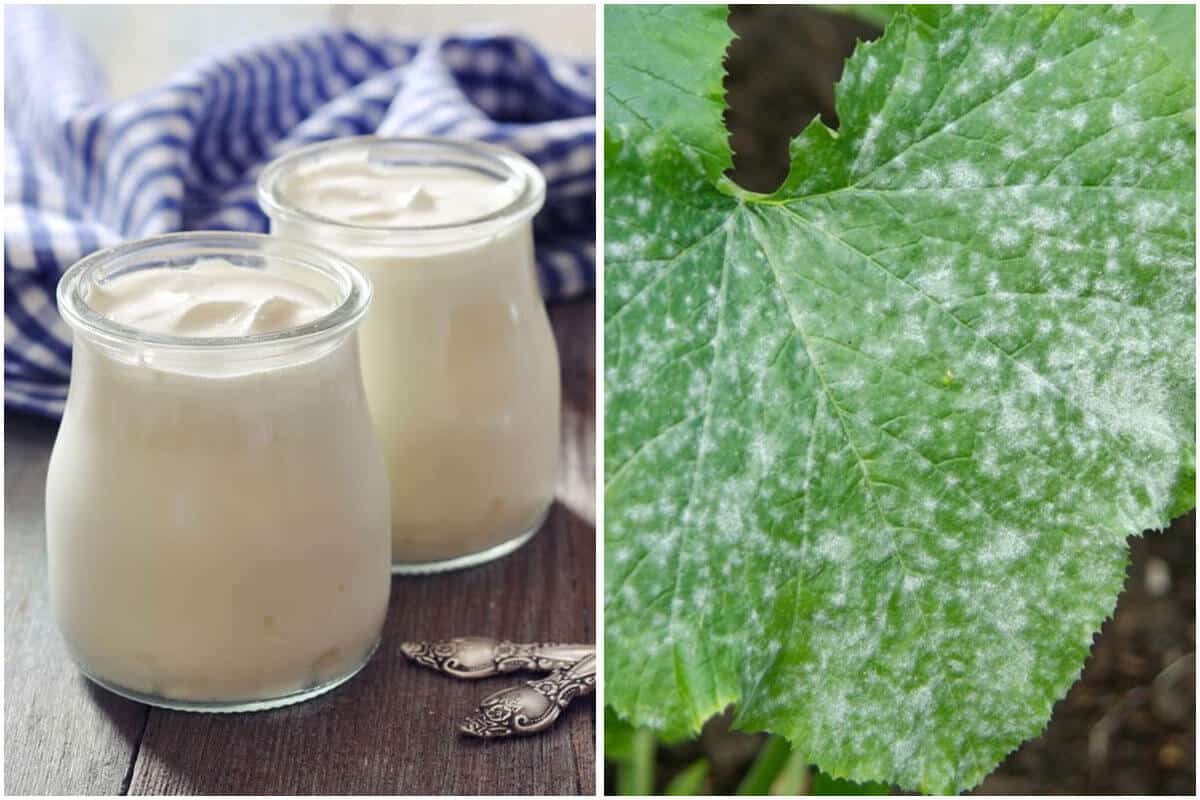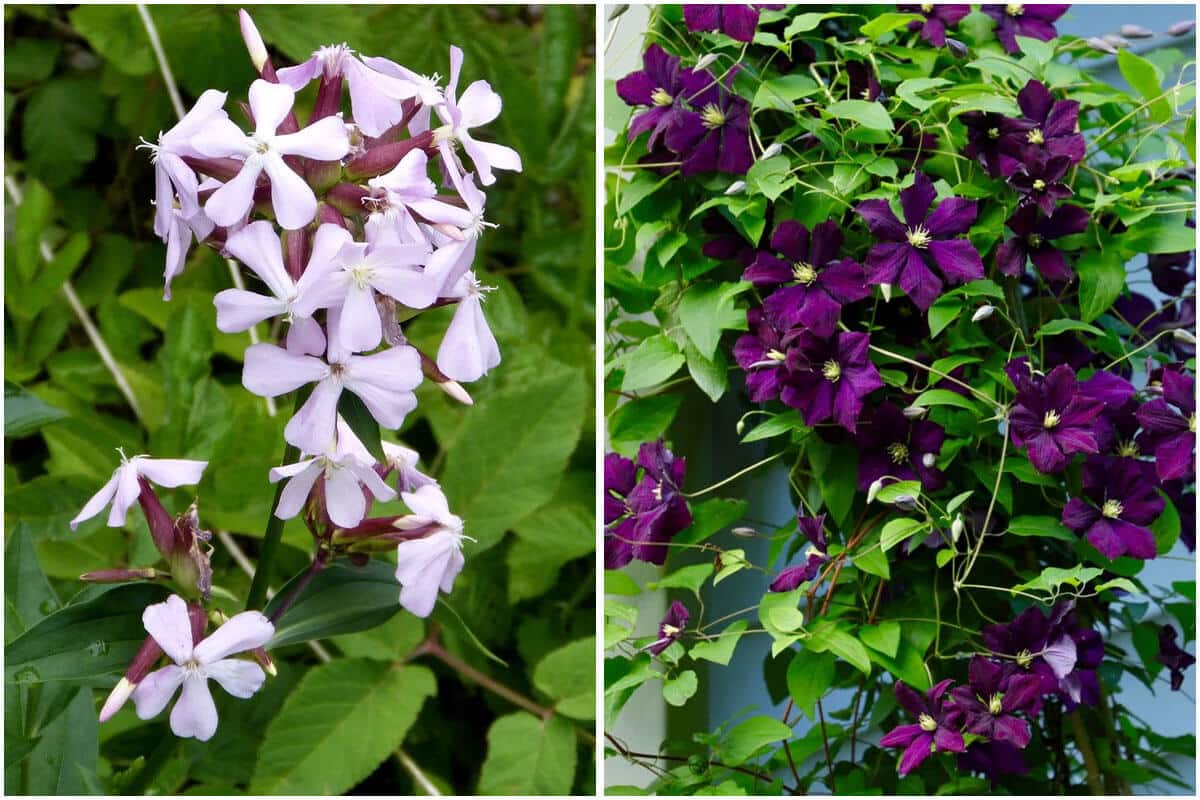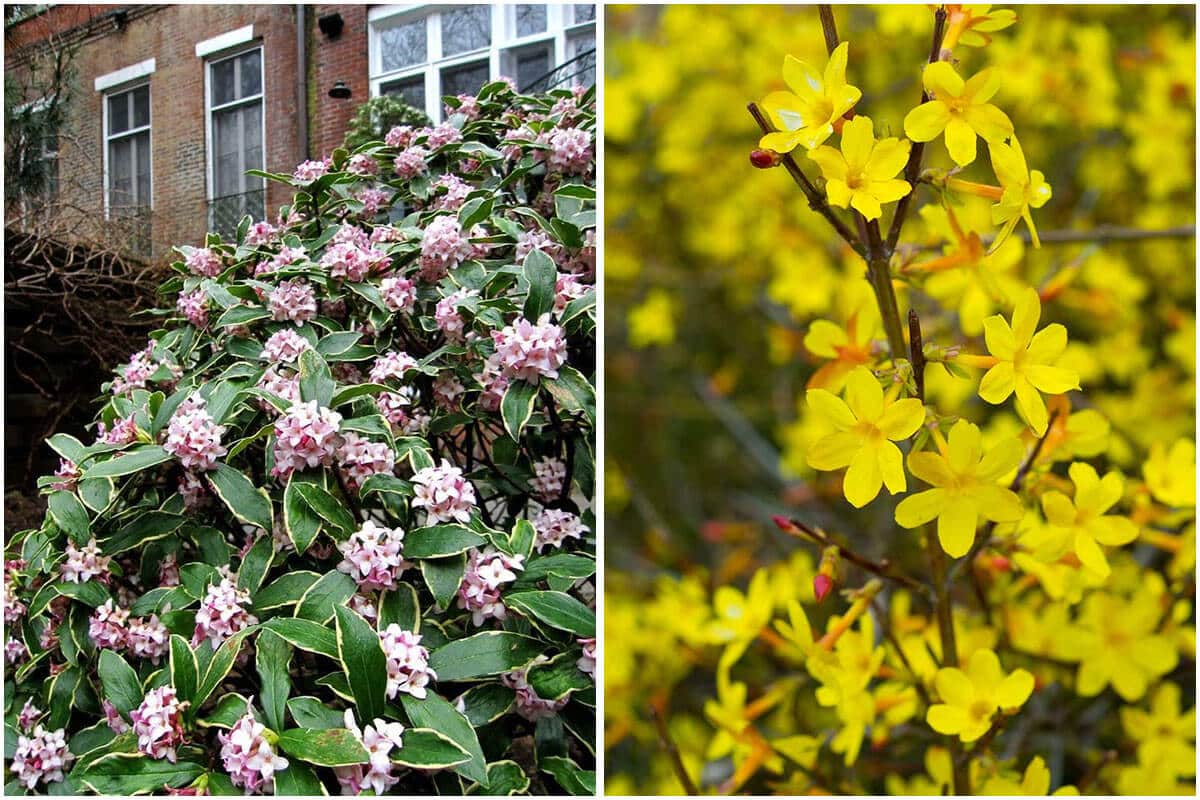The dying plant is one of the most popular problems, but not everyone knows how to scientifically and properly handle and take care of withered plants. Before your plants are discarded, try to find out the causes and fixes, and your plants will probably quickly recover and continue to grow well. So, in this post today, we want to share 13 quick hacks to bring your dying plants back. Check them out with us.
As you know, there are a lot of plants that can adapt to any condition, but having some need many requirements from gardeners. No matter how careful you are, there might be some plants in your collection not getting enough care and attention from your side, which may lead to their untimely demise. We hope that this article will give some effective measures to help keep your plants alive. Trees are not simply decorative items but also a companion in your green space. So, let’s save them and happy them when your plant gets into trouble.
#1 Checking Signs of Survival
Inspect carefully whether the stems and roots have signs of life or not. If the roots are pliant and firm with green stems, you can still revive the plant. But if you notice mushy, brittle roots and stems, it implies the plant is either dead or can’t be saved.
#2 Identify the Problem
Find out why your plant is dying and consider all the prospects such as fertilizer, sunlight exposure, amount of water, pests & diseases. Different plants have different requirements and going by one rule fits all is something you must avoid when it comes to taking care of them.
#3 Prune the Dead Parts
Remove all dead parts of the plant, so its energy is used to save those parts, which still have life. Begin by pruning the dead foliage first and then trim the dead stems, one third at a time, until you notice green growth. New stems will emerge from trimmed ones. Also, get rid of flowers or fruits if any.
#4 Water them Right
Brown, curled-up, dry leaves, and dry roots are a sign of a thirsty plant. But if you have plants like cacti and succulents, then avoid watering them every now and then. Water them only when the topsoil goes completely dry. It all depends on the types of plants you have when it comes to maintaining the right watering schedule.
#5 Transfer the Plant to a Humid Area
If you have humidity loving houseplants, move them to a humid spot, away from harsh direct sunlight, air vents, and other dry air sources. Keep the fact in mind that not all plants enjoy humidity. For example, placing succulents in a humid spot will harm them.
#6 Use Non-Chlorinated Water
Some plants like bamboos are sensitive towards chlorinated water. Using filtered, pond, well, rain, spring, fish tank, or rain water for them instead of using tap water will be beneficial. If you want your plants to be lush green, always go for non-chlorinated water.
#7 Stop Using Fertilizer for a While
When your plant is struggling, and you see it in critical condition, hold the use of fertilizer at this time as it can do more harm than good. Resume fertilization only when the plant recovers and shows some signs of growth.
#8 Place the Plant at the Right Spot
Sunlight is necessary for some plants and lack of sufficient light can result in stunted growth, weak stems, pale and small foliage, resulting in plants prone to pests and diseases. Move your sun-loving plants to the sunniest possible spot.
#9 Take Sensitive Plants Indoors
Some plant varieties don’t perform well in direct sun. If you notice dry, bleached, and patchy foliage. It’s a sign of too much sun exposure; in that kind of situation, move your plant to a shaded spot or indoors.
#10 Safeguard Winter Damaged Plants
If your plants are damaged due to cold drafts, cover them with a frost blanket or a bubble wrap until the weather changes; the plants will grow again in spring.
#11 Accommodate Plants in a Bigger Pot
Sometimes, plants die due to inappropriate pot size and living in a root-bound state for a long time. Replanting them in a bigger pot using fresh, fertile, and well-drained soil will provide sufficient space for roots to grow and flourish.
#12 Fertilize Plants at Right Time in Right Proportion
Incorrect quantity and type of fertilizer can harm your plants. Always follow the instructions on the label and feed accordingly.
#13 Get Rid of Pests and Diseases
Discoloration of foliage, curled, or folded leaves is the basic sign of pests and diseases. Find out the reason for the pest invasion and go for a solution according to the need. If you’re into organic gardening, you can try neem oil or a mild water soap solution for some time regularly to get the result.


















